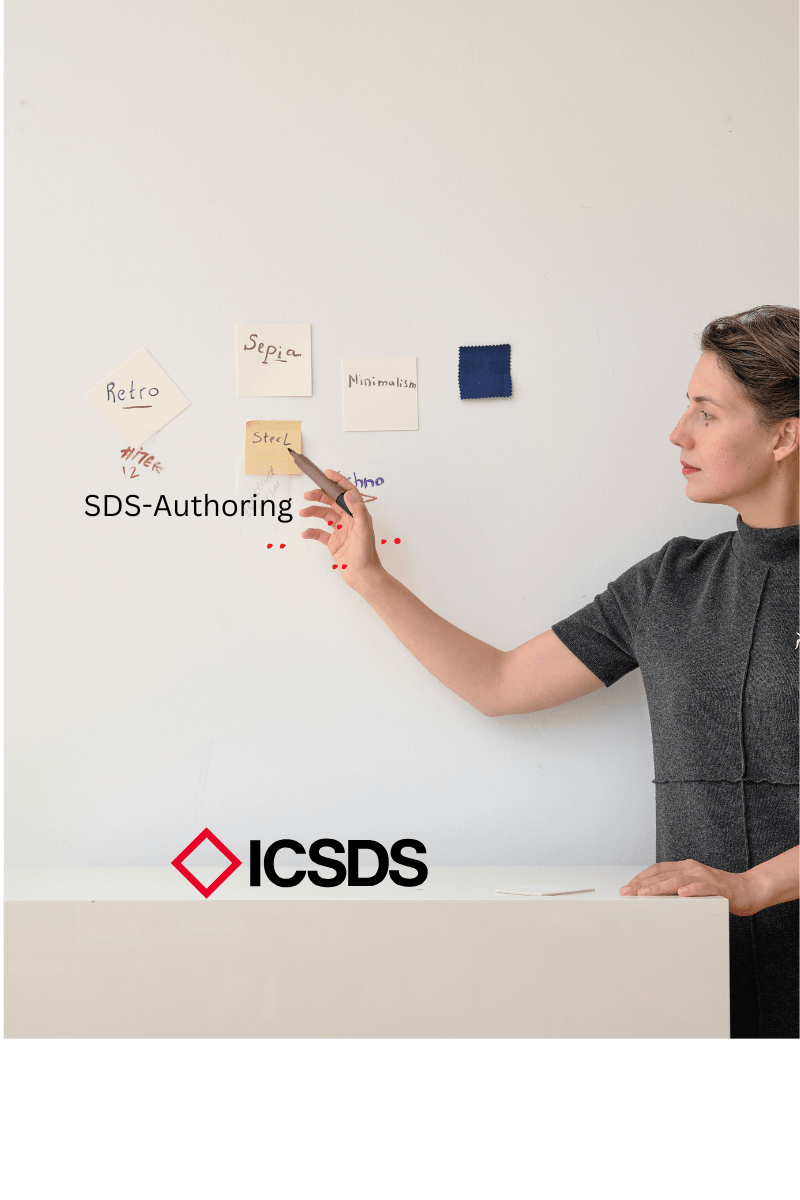Understanding the Importance of SDS Compliance in Modern Businesses
Learn how SDS compliance safeguards your business from legal risks and ensures employee safety. A complete guide for industries reliant on hazardous materials. Table of Contents Introduction to SDS Compliance Safety Data Sheets (SDS) are the cornerstone of workplace safety for industries dealing with hazardous chemicals. They provide critical information about substances, including handling precautions, emergency measures, and disposal guidelines. SDS compliance isn’t just a legal obligation; it’s a fundamental step toward creating a safe work environment. If your business needs expert SDS management services, ICSDS is here to help. We specialize in streamlining compliance processes for companies of all sizes. Why SDS Compliance Matters Protects Employee Health and Safety SDS ensures that employees are informed about the risks associated with chemicals they handle. This knowledge reduces workplace accidents and health issues. Avoids Legal and Financial Penalties Non-compliance with OSHA (Occupational Safety and Health Administration) or other regional regulations can result in hefty fines and legal repercussions. Builds Trust with Stakeholders A company that prioritizes safety demonstrates responsibility, earning trust from employees, clients, and investors. Pro Tip: Partner with ICSDS to ensure your compliance strategy is foolproof and aligned with the latest regulations. Key Components of an Effective SDS At ICSDS, we ensure that your SDS documentation is complete, accurate, and fully compliant with regulatory standards. Common Challenges in Managing SDS Manual Management Handling paper-based SDS documents can be time-consuming and prone to errors. Keeping Documents Up-to-Date Regulatory requirements change frequently, necessitating constant updates. Lack of Employee Awareness Employees unaware of SDS content may fail to follow safety protocols. ICSDS offers advanced solutions to tackle these challenges, including cloud-based SDS management tools and expert consultations. Digital Solutions for SDS Management Technology has revolutionized SDS management. Using software solutions: Popular tools include SDS platforms and AI-powered compliance trackers. ICSDS provides cutting-edge digital solutions to simplify your SDS management process and ensure regulatory compliance. How to Train Employees on SDS Awareness Our team at ICSDS offers tailored training programs to equip your workforce with essential SDS knowledge. Future Trends in SDS Compliance AI Integration Artificial intelligence is set to simplify SDS updates and compliance monitoring. Sustainability Focus Eco-friendly chemicals and sustainable disposal practices are gaining traction. Global Standardization Efforts are underway to harmonize SDS formats across regions, making compliance simpler for multinational companies. Stay ahead of the curve with ICSDS as your trusted partner in SDS compliance. Conclusion Achieving SDS compliance is a continuous process that requires diligence and adaptation to changing regulations. By leveraging modern tools and training programs, businesses can not only comply with laws but also foster a culture of safety. Start prioritizing your SDS compliance today to protect your workforce and strengthen your business reputation. Ready to enhance your SDS compliance strategy? Contact ICSDS today for expert guidance and digital solutions tailored to your industry!

